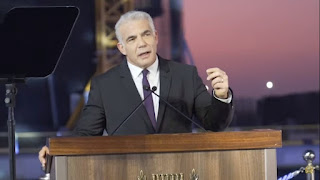God save the Queen — but long live the king.
The death of Queen Elizabeth II on Thursday has immediately made her eldest son, Charles, the head of the British monarchy.
Centuries-old accession protocol states that the “new Sovereign succeeds to the throne as soon as his or her predecessor dies,” the royal family’s website states.
He will be known as King Charles III.
However, while Charles, 73, is the rightful heir to the throne and new king, the Act of Settlement from 1701 still gives the British government the responsibility of formally recognizing the change in leadership.
As such, an Accession Council will be convened as soon as possible to meet at St. James’ Palace to officially declare Charles the new monarch.
It usually meets within 24 hours and “as soon as practicable after the death,” the council noted, with invitations sent to representatives of remaining Commonwealth countries.
“Operation London Bridge,” the meticulous plan to deal with the Queen’s death that has been rehearsed and updated since the 1960s, calls for the council to meet at 10 a.m. Friday, according to documents obtained by Politico.
Charles will not attend the first meeting, in which the council’s president formally announces both the Queen’s death as well as the Accession Proclamation declaring Charles the new sovereign. It is historically followed by the firing of guns at Hyde Park and the Tower of London.
Charles only then attends a second part of the formality, traditionally starting with a personal declaration about the predecessor’s death, before making a declaration and oath as head of the monarchy.
Charles will then travel to Scotland, Wales and Northern Ireland to proclaim the accession in the following days in those British countries, too.
His formal coronation will — as per tradition — be delayed for several months to allow for “a period of mourning” as well as “the enormous amount of preparation required” to organize it, the royal family says.
The ceremony “has remained essentially the same” for “over a thousand years,” including for the last 900 being held at Westminster Abbey. It is conducted by the Archbishop of Canterbury, the spiritual leader of the Church of England, as it has been since 1066, the royals note.
It is there that he will be “anointed, blessed and consecrated” while seated in King Edward’s chair — from 1300 — and finally crowned.























